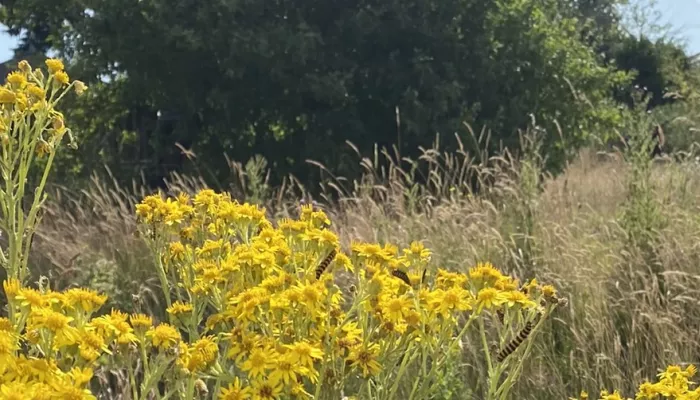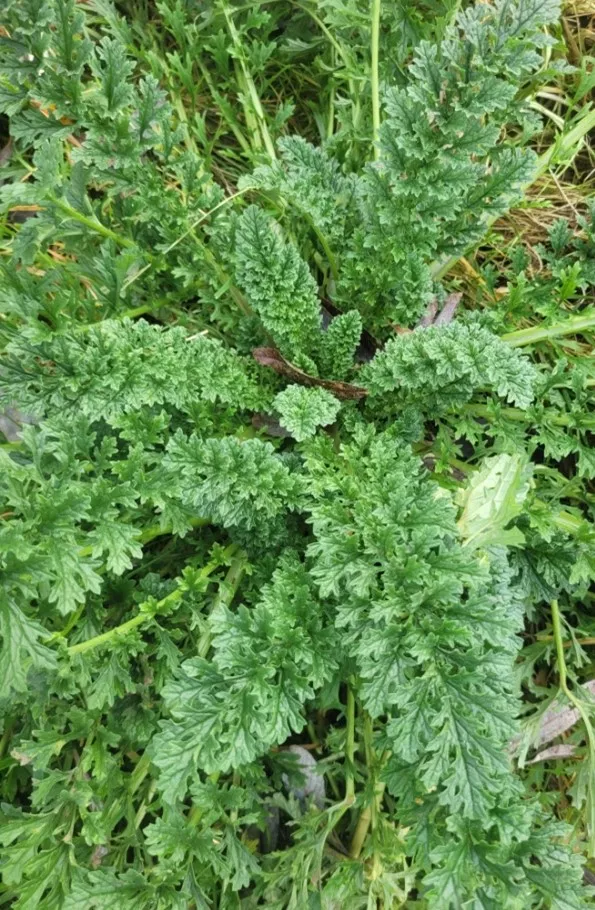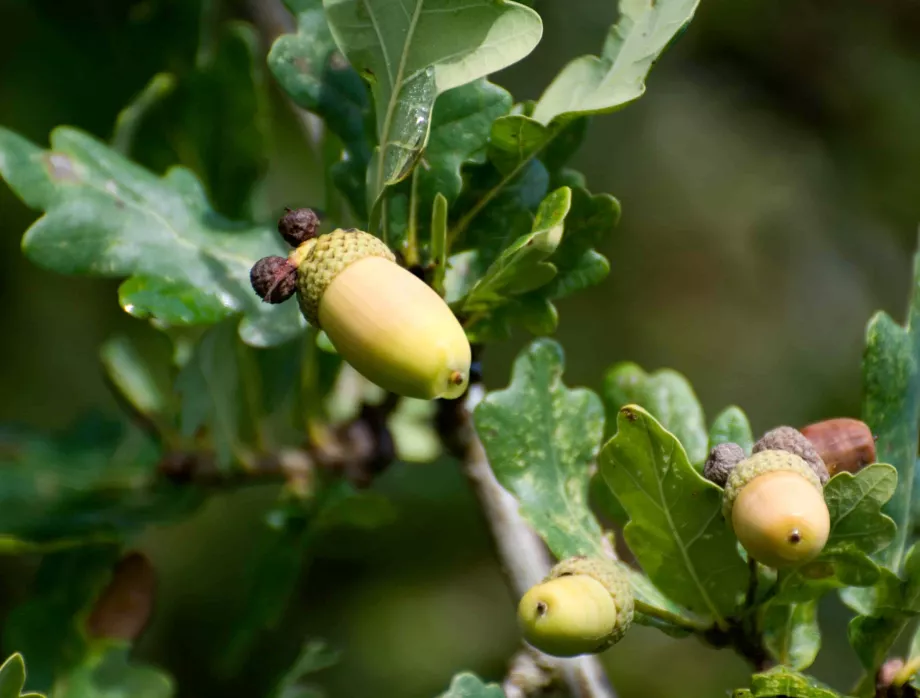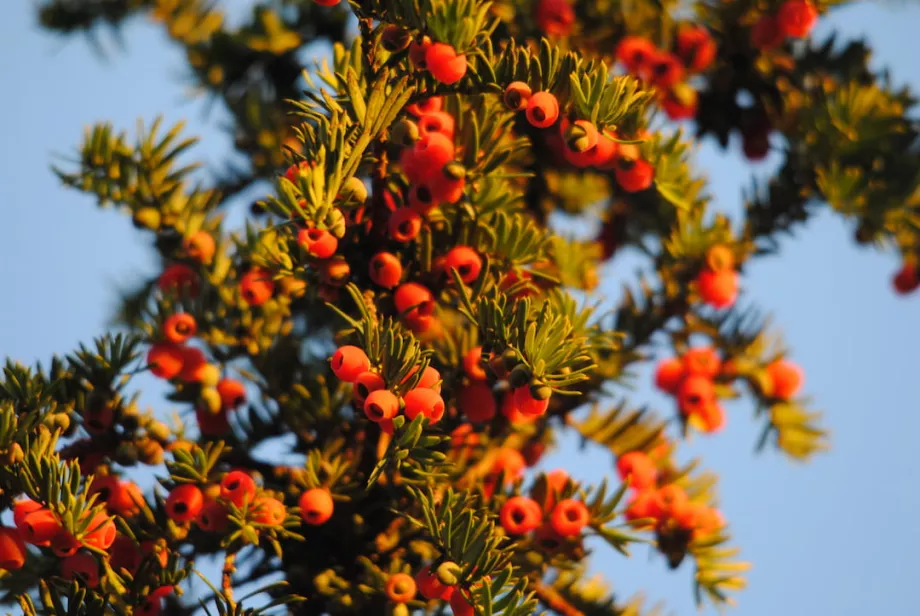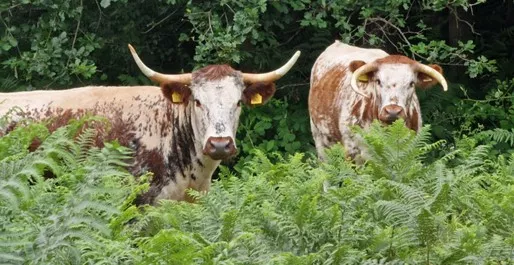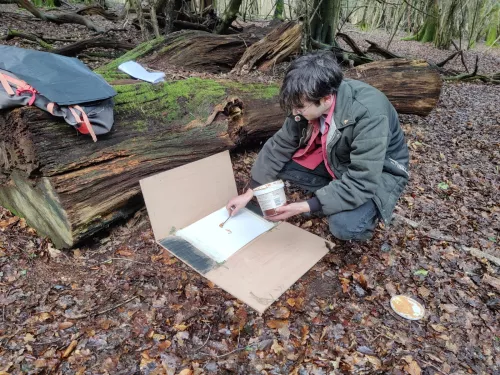Acorns
Many might not suspect acorns to be harmful, but these small nuts contain high level of tannins. Tannins are a natural compounds found within various plants, acting as a defence mechanism causing gastrointestinal distress, as well as kidney and liver damage. Acorns are also considered anti-nutrients, as the tannins bind with proteins, reducing the body’s ability to absorb nutrients from food.
Similar to ragwort, acorns have an unpleasant bitter taste, deterring many animals from consuming large quantities of them. Tannin levels vary depending on the oak type – white oak species such as the native English and Sessile oak have lower levels of tannins, making them slightly more palatable than red oak species which have very high levels of this bitter compound. It is worth noting that the UK does not have any red oak species as they are a native oak to North America.
Whilst they can be toxic in large amounts, they, like many types of nut, play a crucial role in an animal’s diet acting as an important source of fats and carbohydrates. This makes them quite calorific, which is essential for maintaining condition in the colder months. In the past, wild boar - who are immune to the effects of the tannins - would have played a significant role in keeping levels of acorns low and preventing other animals from gorging on too many of them and becoming ill. The practise is still used in the New Forest with domestic pigs to protect the ponies that live in the National Park.
Squirrels and jays contribute significantly to the dispersal of plant seeds. Squirrels, known for burying acorns in various locations, play a key role in moving seeds away from the parent plant, reducing competition of resources. Similarly, jays have established a symbiotic relationship with oak trees by caching acorns away from the parent tree. These acorns, even when uprooted and replanted by the birds, contribute to the survival of young saplings. The actions of both squirrels and jays contribute to the successful dispersal and germination of oak seeds.


